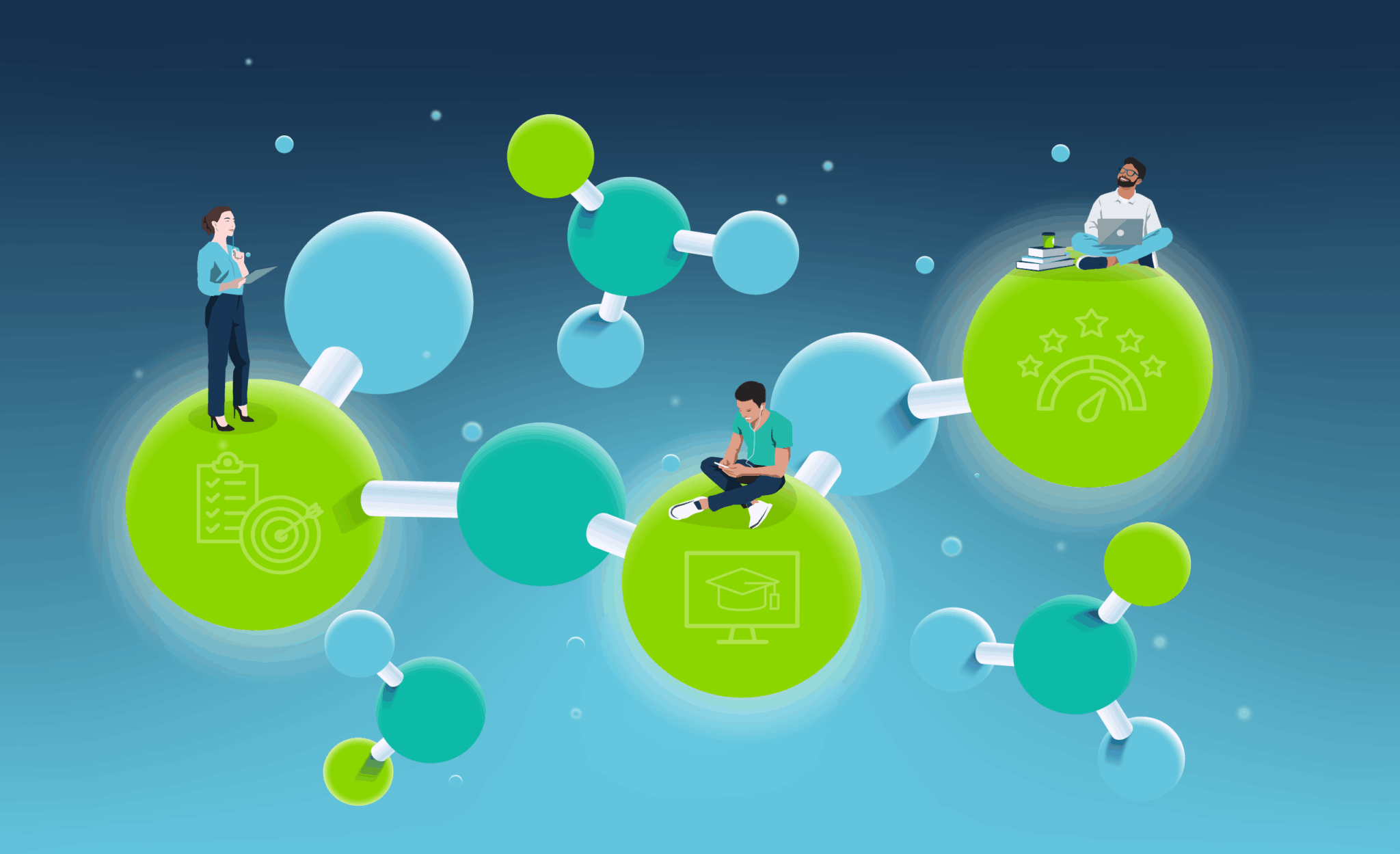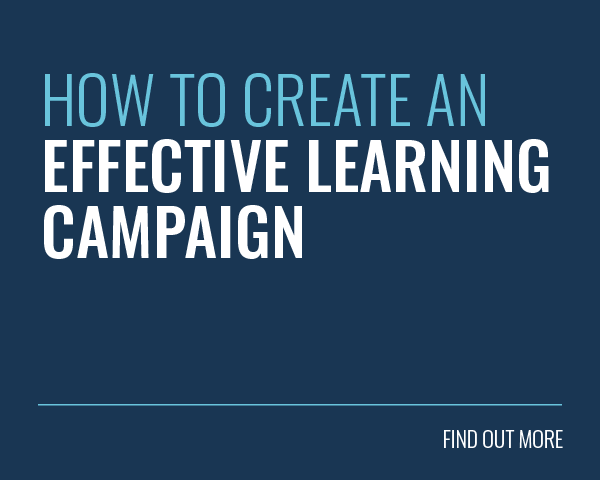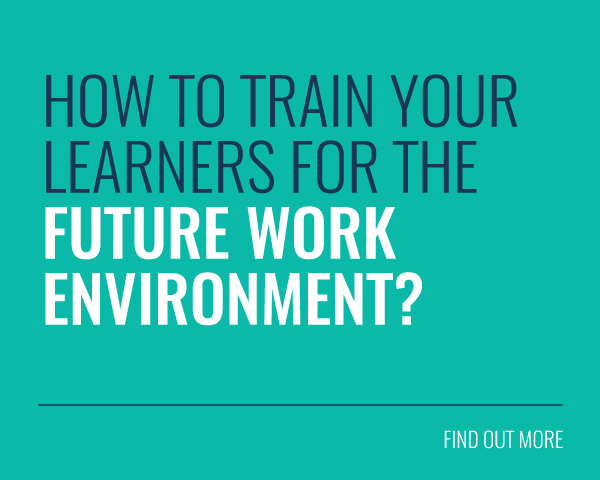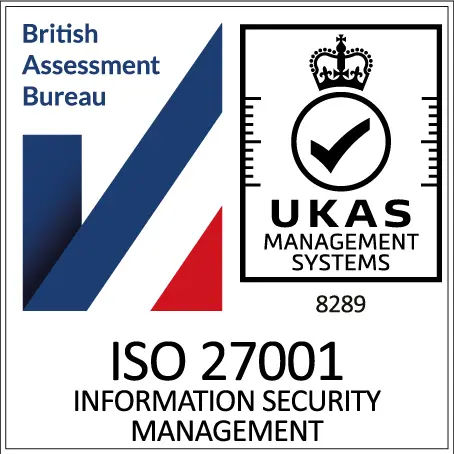
Imagine, if you will, a learning strategy that actually suits our busy lives, and easily distracted minds. Enter microlearning, arguably L&D professionals’ most agile and effective weapon in the ongoing battle against the relentless forgetting curve.
Forget the familiar frustrations of dwindling attention spans, cognitive overload, and unrealistic schedules. Microlearning is designed not just to acknowledge today’s realities, but to thrive within them.
In this guide, we’ll not only define exactly what microlearning is, we’ll also break down its key advantages and acknowledge its limitations. Plus, we’ll equip you with actionable tips to implement your very own powerful microlearning strategy.
Ready? Then let’s prove that small can be mighty! 💪
What is Microlearning?
Your learners are busy. They’re spinning plates, putting out fires, and racing between meetings. In fact, research by Josh Bersin reveals that employees have just 24 minutes per week to spare for formal learning. Yikes!
In other words, expecting learners to set aside hours for traditional training isn’t just unrealistic, it’s unsustainable. Thankfully, there’s a smarter, more agile vehicle for learning: microlearning.
At its core, microlearning is an educational strategy that delivers content to learners in bite-sized portions. Each microlearning experience is designed to be easily digestible while satisfying a clear learning objective. Think of it as a quick, energising knowledge boost, rather than an overwhelming feast of information.
But what’s the magic number when it comes to length? While the ideal duration will vary in line with the complexity of the topic and your chosen format, survey data does provide some clear indicators:
- <3 minutes: 5% prefer this duration.
- 3-5 minutes: 19% prefer this duration.
- 5-7 minutes: 40% prefer this duration.
- 7-10 minutes: 25% prefer this duration.
- >10 minutes: 11% prefer this duration.
According to ATD research, microlearning has a 13 minute ceiling. But, let’s be honest, in the fast-paced world of learning, even that can feel like an eternity. Instead, let this be your golden rule: your microlearning experience should be precisely as long as it needs to be. No longer and no shorter.
Psst. Wanna find out more about microlearning’s even shorter sibling? Click here.
The Key Characteristics of Microlearning
Microlearning isn’t just about being short (although that’s a big part of it). It’s built on a specific set of principles that help to maximise learner engagement and knowledge retention. With this in mind, here are the key characteristics of microlearning:
- Bite-Sized: Each microlearning experience is intentionally brief. They’re designed to fit into the flow of a busy day. They respect your learners’ time and work with modern attention spans, rather than against them.
- Laser Focused: Similarly, each microlearning experience tackles a single, clearly defined learning objective. This means there’s no room for fluff, deviation, or tangential information.
- Format Agnostic: From short videos to interactive quizzes and snackable infographics, microlearning thrives in any format that delivers knowledge quickly and efficiently.
- Super Convenient: Because of their brevity, microlearning experiences are easy for learners to consume whenever suits them best. This convenient approach can be handy for providing just-in-time support.
As these characteristics should make clear, microlearning is not simply chopping up lengthy eLearning courses into smaller segments. Instead, successful microlearning experiences should be designed from the ground up to be concise and focused.
Microlearning Examples & Formats

As we’ve seen, microlearning isn’t a one-size-fits-all approach. It’s dynamic and adjustable in line with your learning goals. The beauty lies in its versatility, with countless formats to match any learning objective or audience requirement.
Need some inspiration? Here are just a few ways that microlearning can come to life:
- Short Videos: Brief educational videos that can be used to explain topics, demonstrate processes, or provide overviews of key concepts.
- eLearning Modules: Digital learning units that cover a specific topic through a combination of text, visuals, and interactive activities.
- Interactive Quizzes: Assessments that help learners to check their understanding and gather useful feedback.
- Infographics & Diagrams: Visual representations of information that are designed for quick and easy interpretation and understanding.
- Short Articles: Brief written pieces that focus on a specific topic or idea. You could even argue that this article is an example of microlearning.
- Podcasts & Snippets: Short audio recordings or isolated clips that learners can listen to for information. Think soundbites, rather than full lectures.
- Simulations & Scenarios: Digital tools or environments where learners can practice skills and apply knowledge in a simulated space.
- Job Aids & Checklists: Concise resources that provide step-by-step guidance or reminders for completing specific tasks.
An Aptly Short History of Microlearning
The practice of delivering information in small, digestible chunks is arguably as old as learning itself. From ancient hunters sharing survival tips to medieval apprentices mastering crafts one technique at a time, we’ve always learned best in focused bursts.
However, the formal concept and terminology of ‘microlearning’ are relatively recent. Some trace the first published use of the term to 1963, in a book called ‘The Economics of Human Resources’ by Hector Correa. Others credit Research Studios Austria with coining it in 2003.
Either way, microlearning’s rise accelerated in the 1990s with the internet and eLearning boom. Nowadays, it’s fair to say that it’s the dominant way we learn, thanks to smartphones putting easy access to knowledge in our pockets.
This widespread adoption is evident in the microlearning market’s 2025 valuation of $2.96 billion, with a 13% annual growth rate expected to push it to £5.49 billion by 2030.
Why Microlearning Works
There’s a reason why chocolate bars are segmented. They’re designed in easily breakable chunks for simple enjoyment. Similarly, as the old saying goes, ‘there is only one way to eat an elephant: a bit at a time’.
The same principle applies to learning. Complex topics are far more effectively tackled in smaller, focused segments. That’s because microlearning aligns with the fundamental principles of cognitive science and how our brains best absorb and retain information.
Let’s now examine these scientific underpinnings to help us better understand microlearning’s effectiveness.
- Dwindling Attention Spans: According to Microsoft research, our attention spans have shrunk considerably, from 150 seconds in 2004 to a fleeting 47 seconds today. So, when it comes to learning, we now have to do more with less. Thankfully, microlearning aligns perfectly with this reality. The brief duration of each learning experience makes it easier to stay engaged and focused throughout.
- Reducing Cognitive Overload: Our working memory has a limited capacity, generally estimated at 3 to 5 information ‘chunks’. Bombarding learners with lengthy and complex training sessions can easily overwhelm this capacity and hinder learning. Microlearning, in contrast, is designed to respect this cognitive bottleneck. It does this by only ever presenting a manageable amount of information.
- Utilising Spaced Repetition: Microlearning and spaced repetition go hand-in-hand. This research-backed approach focuses on systematically reinforcing learning at strategically spaced intervals. This has been shown to boost exam scores by as much as 9%. The bite-size nature of microlearning makes it easy to revisit key concepts at optimal intervals (or right when our brains are about to forget about them).
- Smarter Application: Many microlearning formats, such as interactive quizzes, scenario-based learning, and short application exercises are designed to prompt learners into action. By asking them to retrieve information and use it in a practical context, you help to make knowledge sticky. Indeed, some studies of experiential learning present a 70% increase in knowledge retention.
The Benefits of Microlearning

Now that we’ve cracked the science behind microlearning’s success, let’s examine how this powerhouse approach can transform your world (and that of your learners).
Here are the benefits of this approach, as we see them:
- Increased Engagement: Ever scrolled past a 6-season show because it felt like too much of a commitment? That’s kind of what long training sessions can feel like. Thankfully, the short, focused nature of microlearning makes it less daunting and more engaging. As a result, learners are more likely to jump in, leading to engagement rates that can be 4x higher.
- Better Retention: Microlearning doesn’t just fight forgetfulness — it wins! By serving up information in brain-friendly bites, it boosts knowledge retention by 20%. Further studies back this up — like this one, showcasing an 18% increase. It will also light a fire under your learners, with 98.5% planning to use what they’ve learned immediately.
- Satisfied Learners: Microlearning experiences lead to happier learners. After all, completing short learning modules provides a consistent and authentic sense of achievement. In fact, 80% of employees respond positively to microlearning and applaud its effectiveness. Likewise, other microlearning studies boast an incredible student satisfaction rating of over 90%.
- Smarter Fit: Your learners aren’t sitting around twiddling their thumbs. In fact, 49% of them claim to have no time spare for learning. What’s more, 1 in 3 can only dedicate a maximum of 10 minutes to a single task. With this context in mind, microlearning isn’t just a good option, it’s arguably the only sensible and effective way to reach a busy workforce.
- Improved ROI: Think about how much quicker and easier it is to put together a short, punchy 10-minute microlearning module compared to a full-blown training epic. Indeed, learning expert Ray Jimenez estimates that microlearning reduces content development time by 300%. And naturally, less time spent means less money spent (by approximately 50%). This leaves you with a much happier ROI.
The Limitations of Microlearning
While we’ve sung microlearning’s praises, it’s important to recognise that it’s not a universal solution to all your training challenges. After all, when you keep modules short and focused, you run the risk of oversimplifying topics that deserve more nuance and depth.
As such, microlearning is not ideal for complex topics that require in-depth exploration, refined understanding, or extensive theoretical frameworks. For example, here are a few cases where you might want to pump the brakes:
- Technical deep dives (think coding architecture)
- Behavioural shifts (habits don’t change in 5 minutes)
- Multi-layered skills (like leadership programmes)
- Compliance nuances (especially with legal ramifications)
In many of these scenarios, microlearning may operate better as a supplement to more comprehensive methods like eLearning modules, workshops, or on-the-job training. As ever, you should always consider your learning objective and maintain alignment with Bloom’s Taxonomy.
How to Implement Microlearning
So, hopefully by now you’re convinced of the power of microlearning and are ready to unleash its awesome potential across your organisation. That’s great! To help you get started, here’s a step-by-step microlearning implementation guide:
- Define Your Objectives: Any good learning programme, regardless of size or scale, starts with a clear goal in mind. As such, identify the specific learning objectives you want to address with your overall approach and each individual module. And don’t forget to connect the dots by tying these objectives to broader organisational goals.
- Know Your Audience: Next, get to know your learners on a deeper level. Consider their roles, responsibilities, time constraints, skill gaps, and learning preferences. This will also help you to identify specific moments of need, where microlearning can provide a welcome boost.
- Select Use Cases: Consider where short, focused learning bursts might have the biggest impact. Prime candidates often include employee onboarding, sales enablement, product training, process refreshers, and so on. You just need to ensure that your training content can be effectively broken down into standalone modules.
- Find Your Format: With your learning objective and use case in mind, you’re now well placed to select your content format. The microlearning examples discussed above may spark some ideas. Remember to select formats that are easily accessible and engaging across different devices.
- Build Your Content: With the groundwork laid, you’re now ready to brief your instructional designers or start building your content yourself. Keep each module tightly focused on a single, clearly defined learning objective and aim for a concise duration of 3-10 minutes. Focus on getting straight to the point and avoiding jargon!
- Test & Optimise: Before you roll-out your microlearning approach across your entire organisation, start by testing it with a small user group. Use this opportunity to track key training metrics and solicit feedback from both learners and stakeholders alike. This data can be invaluable for refining your training initiatives in the future.
Turbocharging Your Microlearning Approach:
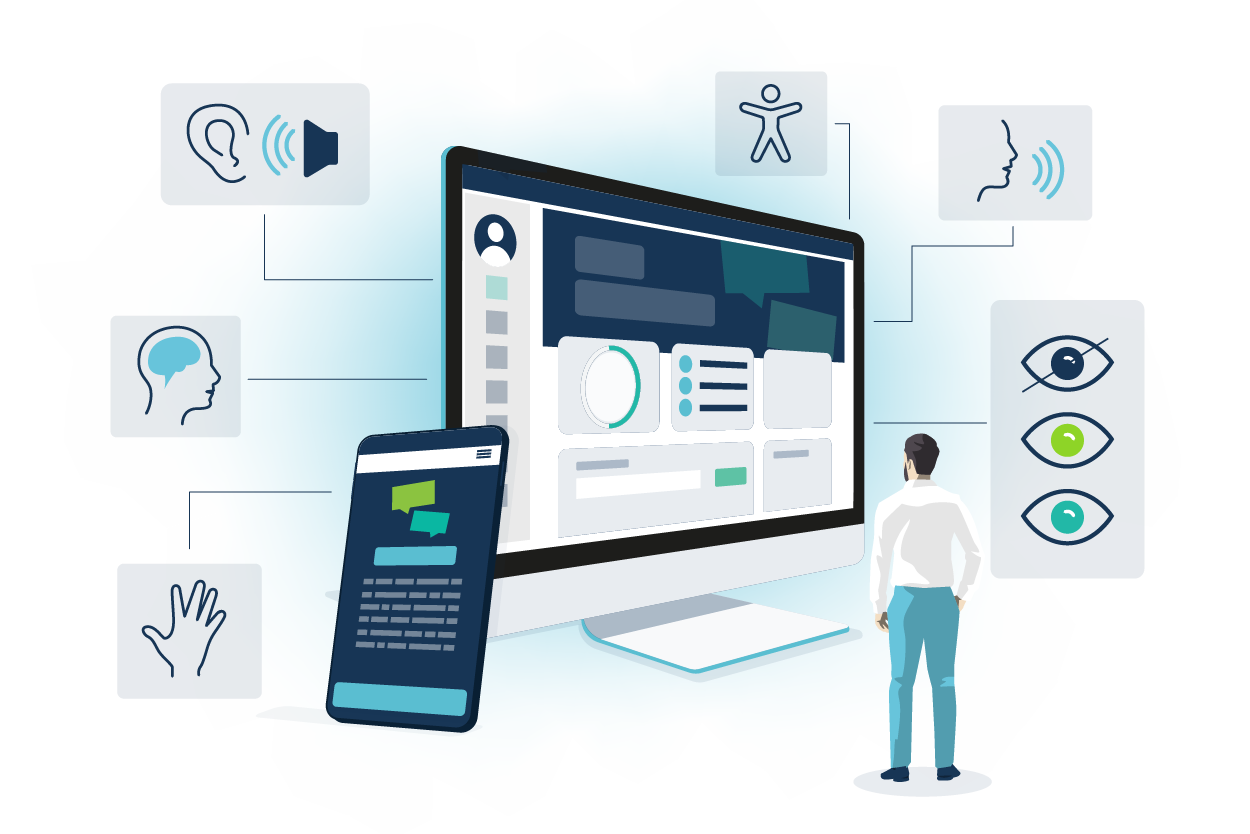
While well-designed microlearning on its own is effective, strategically deploying technology and modern learning trends can significantly amplify its impact. With this in mind, here are our top tips for turbocharging your microlearning approach.
- Learning Technology: Modern learning platforms, like learning management systems (LMSs), provide the perfect home for your microlearning content. They also offer access controls, robust tracking mechanisms, and integrate seamlessly into your existing learning ecosystem and workflows. To empower learners wherever they are, you may wish to explore the mobile-first approach detailed below.
- Mobile Learning: Microlearning and mobile learning are the perfect match. After all, 60.4% of the world now owns a smartphone, spending an average of 4.8 hours on it every day. We tend to use these devices in short focused bursts. With this in mind, we should embrace mobile-first design, so that we can deliver learning that integrates effortlessly into micro-moments throughout the day.
- Game Mechanics: Gamification can also help to supercharge microlearner engagement levels. By weaving in game elements like experience points, unlockable badges, and friendly leaderboards, you add a powerful meta-layer of motivation to incentivise your audience. As a result, your learners won’t just be completing microlearning modules, they’ll be chasing true mastery.
- Social Learning: Learning shouldn’t always be a solo mission. Integrating social learning elements and collaborative tools into your microlearning strategy can help to foster a sense of community and knowledge sharing. This has been shown to increase productivity by as much as 25%. With this in mind, consider incorporating discussion forums, instant messaging, an ‘experts area’, and collaborative challenges.
- Flow of Work: The most effective microlearning becomes an invisible ally, seamlessly embedding itself within your learners’ daily workflow. Seek to provide access to relevant learning resources within the tools and platforms they already use, at the precise moment they need them. The inherent brevity of micro-content makes it a valuable asset for time-sensitive learning situations.
Final Words
There we have it. The ultimate proof that great things come in small packages. By delivering your training in focused, bite-sized portions, you empower your learners to consume, retain, and apply information more effectively.
As we’ve seen, this can have an awesome impact on your training programmes. Whether you’re seeking to boost engagement, combat the forgetting curve, or just looking to meet your learners where they are (on their smartphones), it’s clear that microlearning packs a powerful punch.
Now the power is in your hands. So, are you ready to embrace the potential of small, focused learning and achieve big results?
Thanks for reading. If you’ve enjoyed this content, please connect with me here or find more articles here.
Eager to explore even more ways to connect with your learners? Download our free guide, ‘150 Learner Engagement Tips‘ and supercharge your engagement strategy now!


